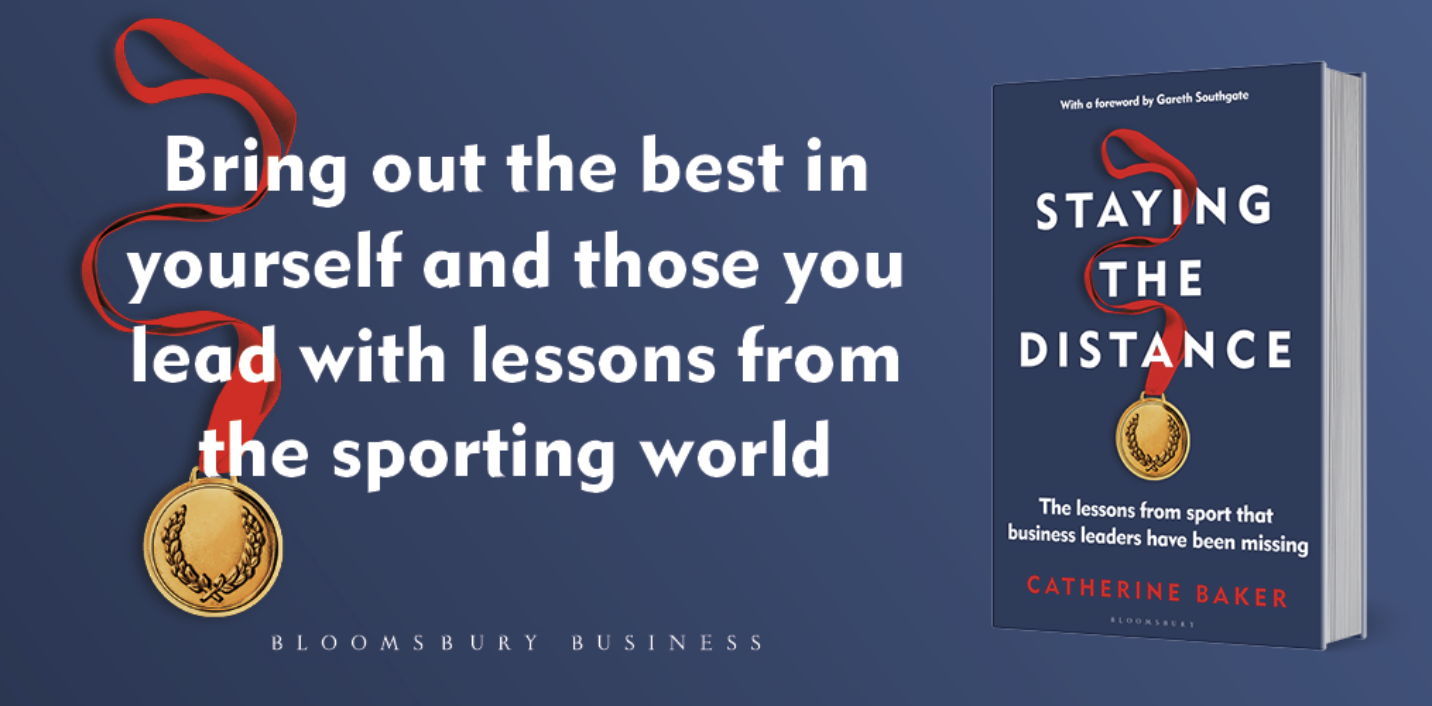


Women first took part in the Olympic Games in Paris in 1900, four years after the first Olympic Games of the modern era in Athens. Despite the reticence of the reviver of the modern Games, Pierre de Coubertin, 22 women out of a total of 997 athletes competed in just five sports: tennis, sailing, croquet, equestrian and golf with golf and tennis having events for women only.
Female participation has increased steadily since then, with women accounting for more than 44 per cent of the participants at the 2012 Games in London, compared with 23 per cent at the Games in 1984 in Los Angeles and just over 13 per cent at the 1964 Games in Tokyo.
In the last 20 years, the IOC has also increased the number of women’s events on the Olympic programme, in cooperation with the International Federations (IFs) and the Organising Committees. With the addition of women’s boxing, the 2012 Olympic Games in London were the first in which women competed in every sport on the Olympic programme.
This year’s Olympic Games has seen a record number of female athletes competing at the Games, with Team New Zealand, Australia and Finland amongst many others entering more female athletes than male athletes.
It seems that women competing is on the rise, but what about women in leadership positions?
Leadership within the IOC & NOC’S



2016 IOC Board Members
In 1990, the first woman ever was elected to the Board, Flor Isava Fonseca from Venezuela. In 1997, Anita DeFrantz became the first female IOC Vice-President. More and more women are also chairing IOC commissions – including the newly elected Tricia Smith of Canada. Currently, seven of the 26 IOC commissions are chaired by women (27%).
In 2015, 11 NOCs had a woman president and 30 had a woman Secretary General. Twenty-seven NOCs (of 135 who participated in the IOC survey) had 30 per cent or more women on their Executive Board. Sixty-two NOCs had less than 20 per cent women on their Executive Boards and 10 NOCs still had no women on their Executive Board.
In 2015, four of the International Federations (summer, winter and recognised) had a female President. Twenty-three of the International Federations had more than 20 per cent women on their Executive Board. Thirteen did not have any women on their Executive Boards.
Coaching at Olympic Level
At the 2012 London Olympic Games, there were 3225 accredited coaches, 2867 / 89% of them male coaches with only 358 / 11% of them being female coaches.
Below demonstrates the % of male and female coaches from each continent during the Games in London 2012.



Rio 2016
It is too early as of yet to confirm the number of female coaches at Rio 2016, however, due to unofficial research by the FCN into a number of countries, the % increase is not looking good. In fact, research so far proves it has decreased.
On the positive, success stories coming out of the Rio Games are already showing through (Day 4). The leading teams in the women’s basketball and soccer all have female Head Coaches, with some of the individual successes also being lead by female coaches.
We will of course keep you up to date on all stats and success stories…















